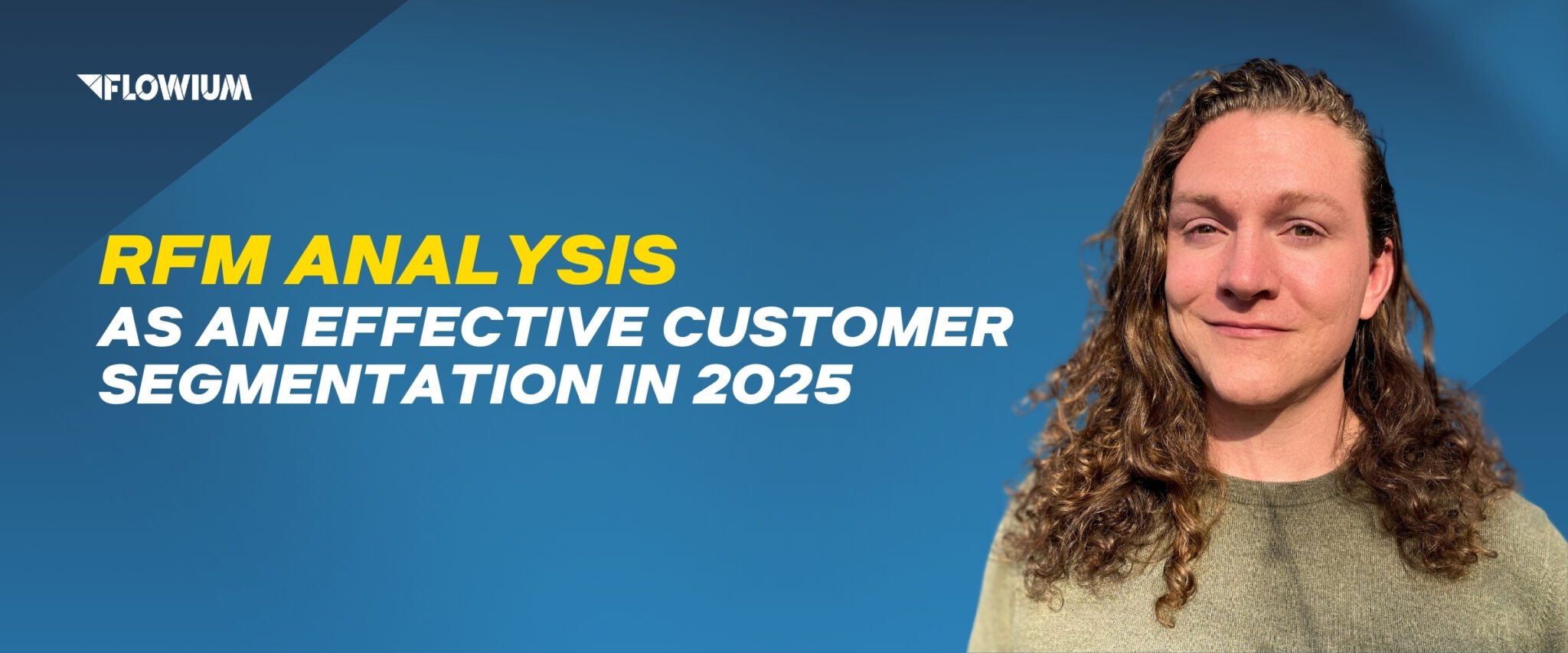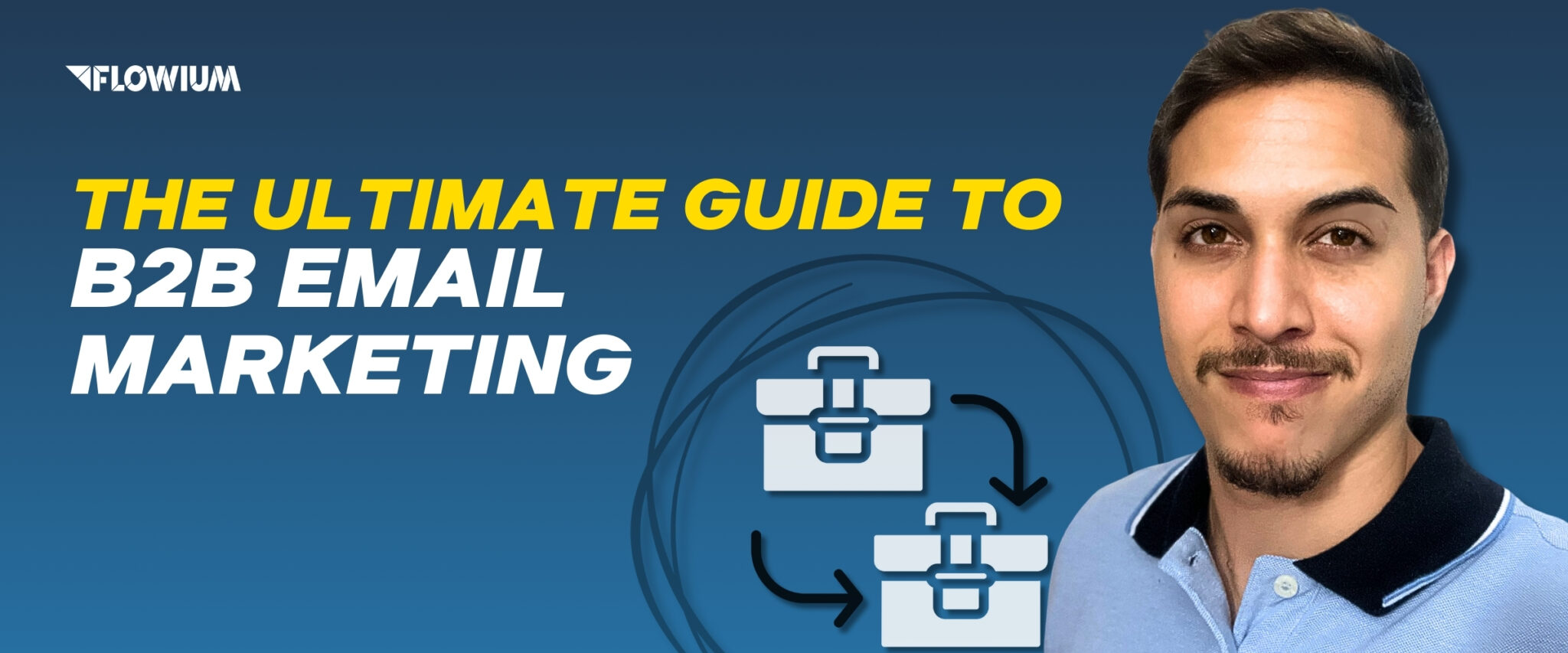Ever wanted to learn more about different email segmentation methods? Segmentation helps you increase your performance by targeting specific groups of customers individually. The essence of a special approach is to increase customer engagement. In this article, we’re going to give you an in-depth look at RFM segmentation. We’ll tell you about the significance of RFM, its benefits, and how to segment using this principle. Furthermore, you will learn about the formation of customer groups, the approach to them, and we will even recommend professional platforms for organizing your customer database.
What is RFM Segmentation?
To begin with, we’ll decode the abbreviation. RFM meaning is:
- R—recency (which means how long ago a customer bought something from you or visited you)
- F—frequency (meaning how many purchases they made with you)
- M—monetary (representing the average amount a customer spends with you)

RFM customer segmentation is an email marketing approach for dividing the customer base according to these 3 principles. By combining recency, frequency, and monetary, you create a method that allows businesses to divide their audience into groups for better customization and a special approach to certain audience groups. That allows them to create targeted marketing, in our case, email campaigns.
This method appeared in the 70s, back in the days of sending paper letters. The idea was that sending letters to a large number of customers would cost a lot of money. That is why the customer base was divided to reduce costs and focus on profitable customers.
There are two ways you can implement this technique. Group and structure your customer base on your own, and then break it down into the necessary segments, then develop your email strategy. You can outsource this work to our specialists, who will organize segmentation and automation for you using Klaviyo.
Benefits of RFM Marketing
Benefits are an essential component of any method, because we use the methods for these reasons and each of them has its strengths, in this case, they are quite basic for marketing, namely:
- Increased sales
Your approach will increase the motivation of different customer groups to buy more from you.
- Improved customer engagement
Some customers may not only want to buy from you but also become special friends of your business. This approach will help you find these customers. This also applies to developing B2B relationships.
- Higher number of reviews
This approach will recognize groups of customers who can write you good reviews. Using this method, you will find these groups and get a higher ranking thanks to quality reviews.
- Increased mail purchases
With increased sales, your mail sales will also increase, because now you will send relevant emails to those who will definitely respond to them.
- More loyal customers
Another advantage of this method is that it increases customer loyalty because now they won’t consider your emails unnecessary spam. Using this method, you will send them emails that will definitely come in handy.
However, the essence of this method, as well as segmentation in general, is to consolidate and enhance these advantages.
Disadvantage of RFM Segmentation
Yet, this segmentation also has a disadvantage. It is that the RFM segmentation model is based only on limited principles, not including, for example, types and categories of goods. This method also does not include demographic or psychographic data. This technique is also more effective when you have a large customer base, where you can apply it to the fullest extent.
Development of RFM Model
Now we’ll go into more detail about the principles of dividing into RFM segments, the importance of each of these principles, and how to calculate the value of customers. Also, how to divide customers into groups using only the customer base. To organize your customer base, we highlight the following tools: Klaviyo CDP, Triple Whale, and Peel.
Based on your client base, identify the three main principles we discussed above for each client. Based on these principles, set a scale from 1 to 5. For example, in recency, it will be 1 the oldest interaction, 5 the most recent. You can reduce this scale to 3, we use up to 5, because this is the scale used by the vast majority of experts.
With this method, you evaluate all your customers by these 3 points—recency frequency and monetary. Next, we’ll talk about the importance of each section separately and provide an RFM analysis example in the form of a grading scheme.
Recency
The scheme for recency is quite simple. The rating is based on the time that has passed since the purchase. Of course, you can adjust this time to your business by setting your time frame.

Experts point out this factor as the most important. In the marketing sector, potential is valued, and recent buyers have the most of it. Your future cooperation is based on your approach to such customers. That’s why when calculating points on the scale, recency is often multiplied by 3 as the most important aspect.
Frequency
Frequency is one of the RFM models completely based on your industry. Here, you can calculate the average number of purchases per customer, and based on this number, evaluate customers as shown in the diagram. Using detailed data from the frequency sector, you can often create a business-to-business relationship. Frequency is also considered quite important, so customer ratings based on this principle are usually multiplied by 2.

Monetary
Monetary is almost similar to the frequency principle. It is also based entirely on your business, taking into account your financial flow. And just like in frequency, you can calculate an average number and use it as a basis for estimation. Only in monetary it will be the AOV—average order value.

Strategies for RFM Customer Segmentation
Based on the established customer scores, you can see a lot. You already have a basic idea of what groups you can divide them into or what email strategy to implement. We created these categories and tips for them with the help of Valentin Radu’s book “The CLV Revolution: Transform Your Ecommerce with Customer Value Optimization”.
His site also has a useful tool Omniconvert built around RFM modeling. We will help you with this by identifying the main groups of customers and what approach to them you should take.
- Closest supporters (5, 5, 5)
These are your best customers, and you have to do everything you can to emphasize and show them this. Discounts here should be from your loyalty program. It’s better to show them their value.
You can do this by sending a personal letter from the company’s director, or if you have a lot of such customers, you can set up a special automated email campaign. It is also a good idea to give them some special, limited-edition company merchandise. Don’t forget to ask them for feedback on your services.
- Mediums (3, 3, 3)
These are not the best, but important clients. The strategy here is simpler. It is recommended to give them a lot of special offers and set frequent reminders.
- Good old friends (1, 3, 5)
Those are good customers who have been very valuable to you, but unfortunately, that was in the past. The chance to re-engage is always slim, but it cannot be lost. The right approach for these customers is to engage more intimately, almost like you would with your top customers. Call them if you can, or send them a paper letter, or better yet, do both.
- Least interested (1, 1, 1)
The only strategy that will work for such customers is encouragement. This motivation will be your constant dropping of discounts and special offers. The more of them, and the bigger they are, the better.
- Active lower spenders (5, 3, 1)
These customers are interested in your products, but you need to push them to become more engaged. Offer them special promotions on related but more expensive products. Be sure to limit these promotions in time to provoke an instant purchase.
Conclusion
Building your own RFM model is a good strategy not only for email marketing but also for improving sales in general. This is one of the simplest segmentation methods based on just 3 basic principles. Namely, recency, frequency, monetary. To implement this type of segmentation, you only need to structure your customer base, which our partners from Klaviyo will help you with, and then create an email campaign based on this method. Here in Flowium, we use this segmentation principle for ourselves and for client projects. Contact us if you’re looking for a professional agency to launch your email campaigns and get the fastest results.
FAQ
What does RFM stand for?
RFM stands for recency, frequency, and monetary segmentation. This method is used to increase sales and predict customer behavior based on the customer base.
What is the RFM technique?
This method is based on 3 main data points of your customers. By getting information about the recency, frequency, and money spent by your customers, you can add more structure to your marketing.
What are the three components of the RFM formula?
The main 3 components are the recentness of the contact, the frequency of purchases, and the monetary expenditure of the customer.
How to count RFM?
To calculate the RFM score, you need to evaluate each of the clients according to the main 3 criteria. Based on these scores, you will create your segmentation.







